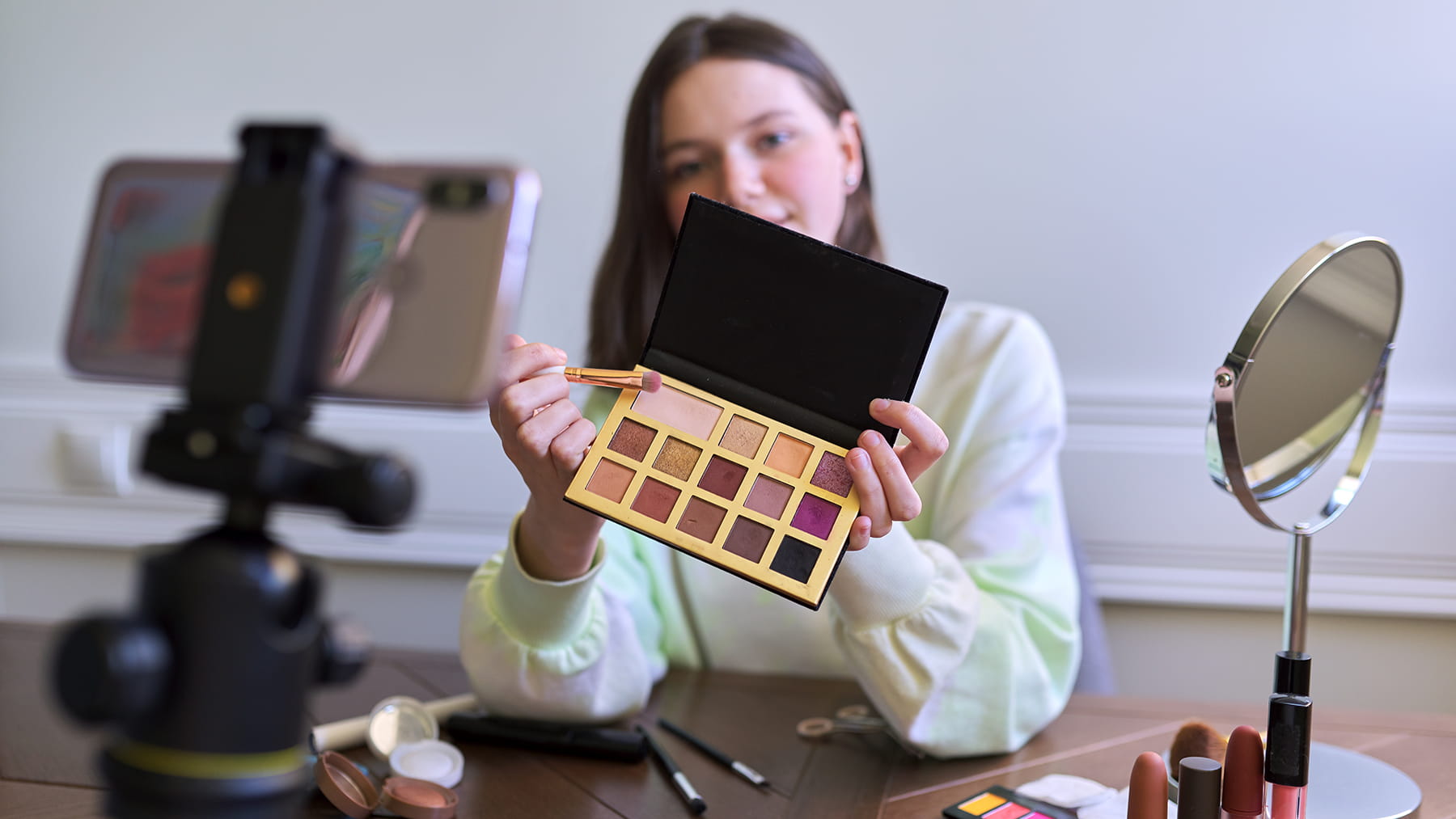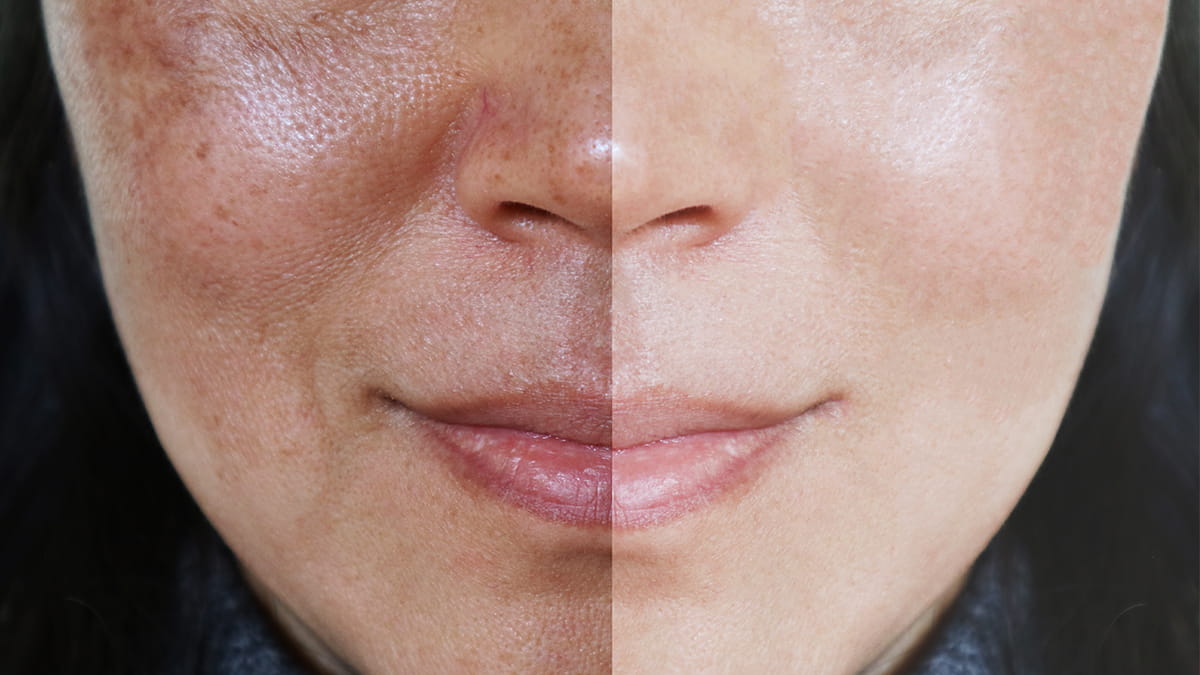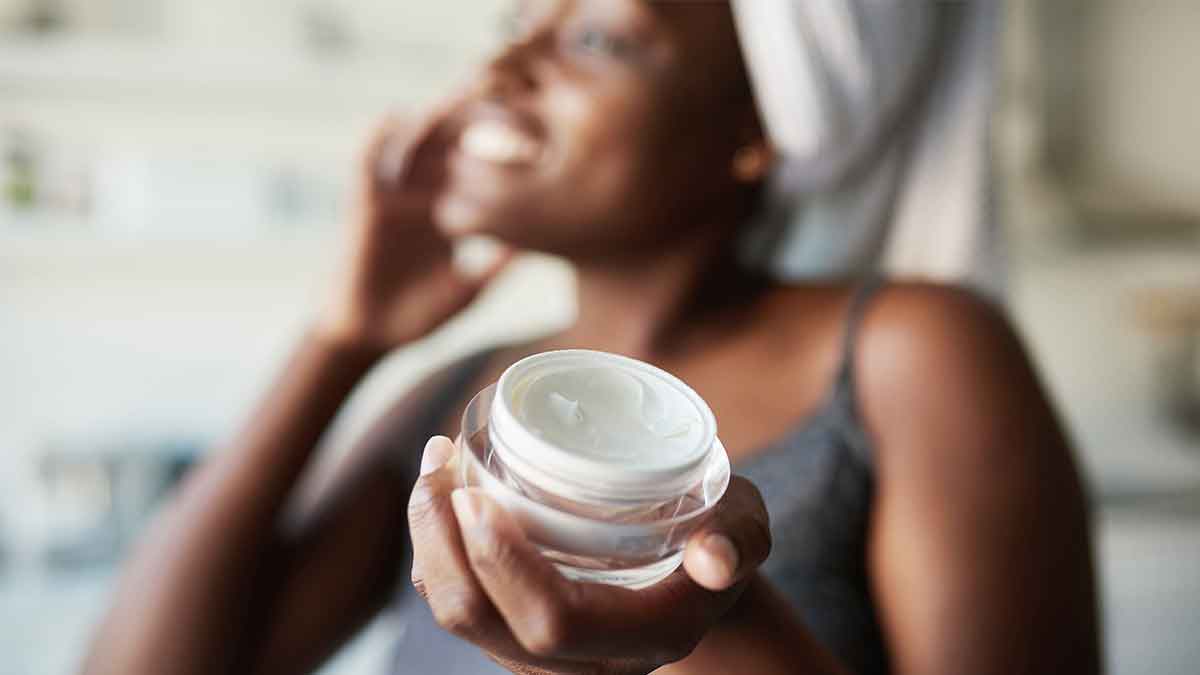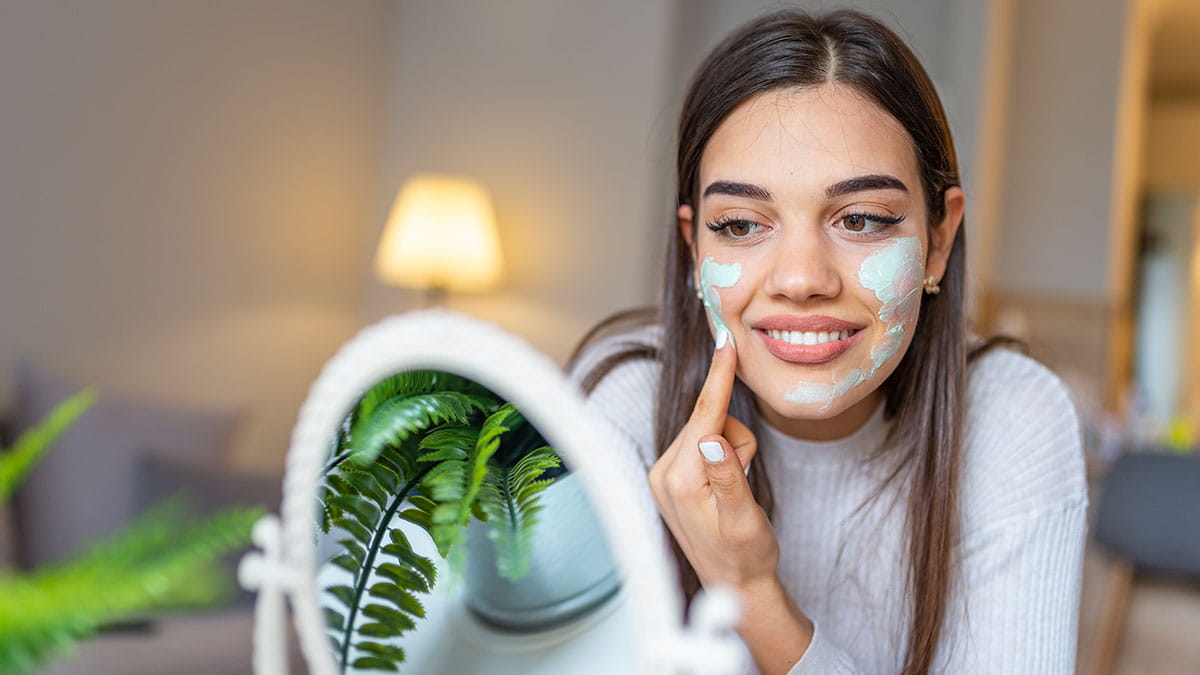This TikTok acne remedy really does work

A trick for clearing up acne is making the rounds on TikTok, and the solution actually isn’t that crazy. TikTok users are putting hydrocolloid bandages—those ones often marketed for use on blisters—on pimples, and there are a couple of reasons they can be effective at clearing up acne spots.
How it works
The hydrocolloid bandages contain a gelatin and polymers that form a gel over a wound to promote faster wound healing and to decrease pain. They’re great for wounds and for blisters.
For acne lesions, the bandages can be applied directly on pimples and help decrease inflammation, redness and irritation, and they can absorb drainage from active acne blemishes. As an adhesive placed directly on a breakout, hydrocolloid bandages can effectively keep someone from picking and scratching at areas on their face as well.
Is there a downside?
There’s no real harm in using hydrocolloid bandages on pimples. These are waterproof bandages and can be washed over without being removed, so they can be left in place for up to 3-5 days, allowing for healing of acne lesions under the bandages.
They’re a great deterrent for anyone with a habit of picking at their acne, because picking at acne blemishes can lead to increased inflammation and scabbing, secondary bacterial infection, and possible scarring.
For those with sensitive skin, hydrocolloid bandages are a useful, inexpensive option for acne. They’re available at any drug store typically labeled as hydrocolloid bandages or blister repair, but some companies now are referring to them as acne blemish covers. Larger sheets of the bandages can be cut to size.
Benzoyl peroxide and salicylic acid acne patches can work, too, but the downside to those products is that they can cause irritation and dryness to the treated areas.
The best way to use hydrocolloid bandages for acne
First, be aware that some people may be sensitive to the adhesive glue in these bandages, so discontinue their use if your skin becomes irritated or otherwise more painful.
Apply the bandage to clean, dry skin (the adhesive will stick to normal skin). The bandage can be easily cut to size and easy to apply.
Change when needed, leaving it in place for 3-5 days to get the maximum benefit of the hydrocolloid ingredients.
Susan Massick is a dermatologist at The Ohio State University Wexner Medical Center and an associate professor in the Ohio State College of Medicine.




